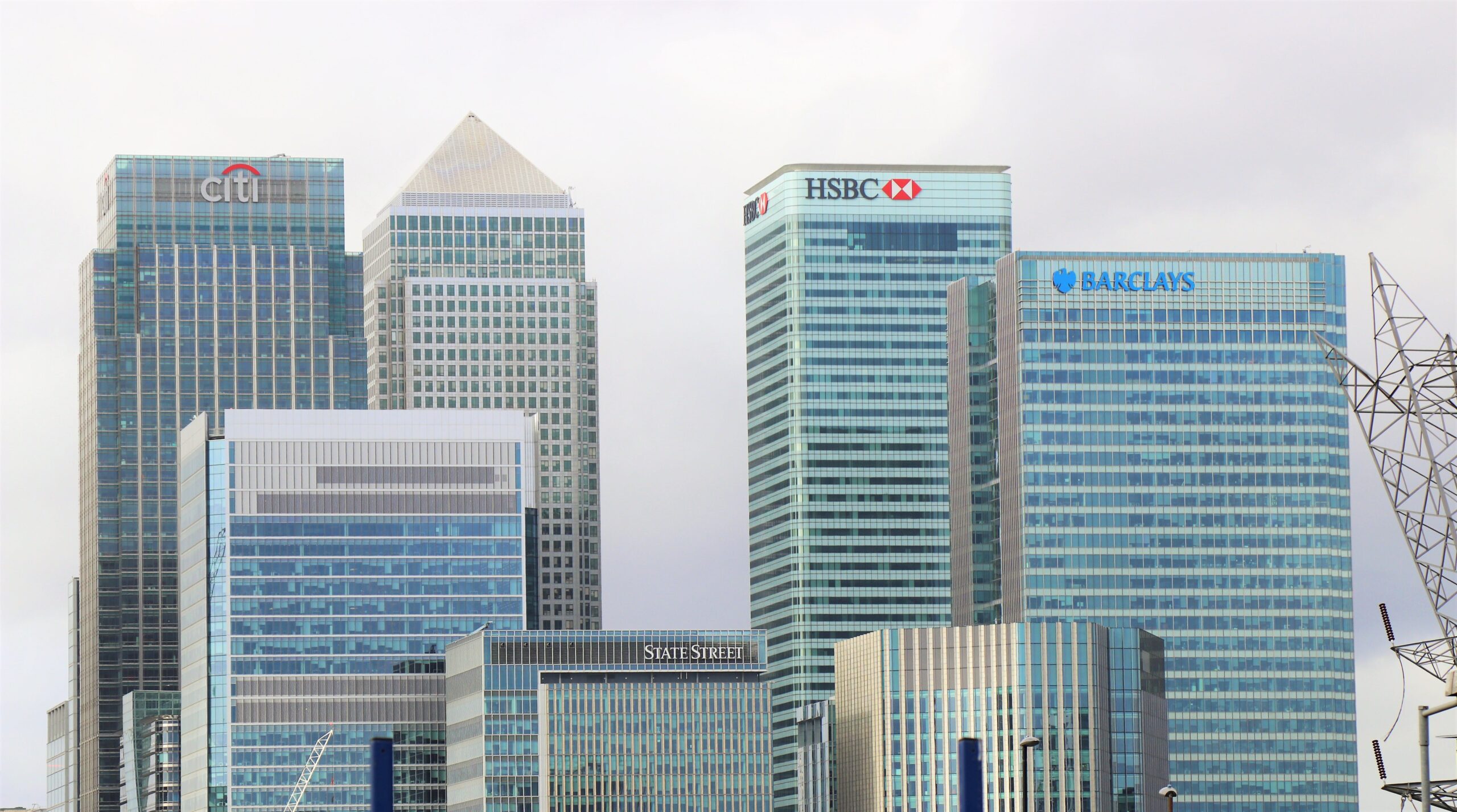 JPMorgan Chase (JPM) says it's confident in the strength of its retail banking customers...
JPMorgan Chase (JPM) says it's confident in the strength of its retail banking customers...
We're not so sure. And it's all because of one sneaky line on the balance sheet...
As the financial sector wraps up 2023 earnings, banks have noticed a growing problem. More consumers and businesses are at risk of not paying back their loans. In the fourth quarter, JPMorgan's loan loss rate reached its highest level since 2020.
Loan losses are the portion of a bank's loans that are considered unrecoverable. They're a good way of measuring borrower health. Higher loan losses suggest JPMorgan's customers aren't as healthy as the bank wants to believe.
This issue isn't just happening with JPMorgan, either. Other big financial institutions like Bank of America (BAC), Citigroup (C), and Wells Fargo (WFC) are also seeing spikes in defaults.
In short, a scary trend is emerging in banking. This situation has lots of room to get worse... and as an investor, you can't afford to ignore it.
 These banks are well aware rising loan losses are a problem... and they're taking steps to prepare.
These banks are well aware rising loan losses are a problem... and they're taking steps to prepare.
Each bank has increased its cash reserves for loan losses, despite reporting historically high profits. They're getting ready in case of more financial warning bells.
Charge-off ratios – the loan amount that banks deem unrecoverable as a percentage of the entire loan portfolio – are now back to 2019 and 2020 levels for most banks. Wells Fargo's numbers are even higher. It's yet another sign that pandemic-era savings are all but dried up.
Many consumers ended up with higher wages because inflation was running rampant. Experts thought those higher wages would help balance out more spending. But with charge-off rates rising, it indicates people are spending more than they make.
It can only last so long before consumers begin to have serious money problems.
The big banks aren't clueless... Given how volatile bank stocks were during last year's banking crisis, they know it's wise not to worry consumers and investors too much. So they're doing their best to downplay the problem and keep folks from panicking.
That said, the numbers paint a different story than executives are sharing. With all four big U.S. banks increasing their loan reserves to end 2023... they're holding their breath about the health of the U.S. consumer.
The Federal Reserve just announced it's keeping rates high to fight inflation – and possibly lift the unemployment rate. Higher unemployment will lead to higher loan losses.
And as recently as last quarter, banks are still trying to handle this risk by setting aside more money.
They're also adjusting their labor forces. Citigroup, for instance, has announced plans to cut up to 20,000 employees by the end of 2026. It's yet another way the banking sector is bracing for tough times ahead.
 The next few quarters will be telling...
The next few quarters will be telling...
If we even have to wait that long.
We might not even make it to the second quarter of 2024 before rising default rates start making headlines.
Either way, it's very likely that banks will keep increasing their cash reserves... which is a bad sign for the economy. They aren't advertising it for a reason.
Interest rates have remained high for a while now. And the banking sector is closely monitoring the Fed's policy decisions. If the central bank opts to maintain high interest rates, this could hurt borrowers and lead to even more unpaid loans.
As an investor, the situation warrants close attention. If banks keep raising their reserves, that means they think charge-off ratios will keep rising. And that means consumer health is getting worse.
A storm is brewing in the banking sector – take cover.
Regards,
Joel Litman
February 5, 2024



 JPMorgan Chase (JPM) says it's confident in the strength of its retail banking customers...
JPMorgan Chase (JPM) says it's confident in the strength of its retail banking customers...

